Revolving Hypnagogic Childhood
I’m not exactly sure when these memories date from. Before the birth of my brother and after I moved to the house where I spent most of my childhood. I was perhaps four or five years old. After being put to bed, read to, formally bid good-night and left to go to sleep, I developed a peculiar ritual. I discovered that if I stared into the night light until it stung and tickled, it produced luminous, colorful after-images. If I moved my head while staring, these formed streaks and curves. Developing the technique, I would move my head rapidly back and forward, slamming my cheek into the pillow at the end of every arc of movement.
After a little while, giddy and hyperventilated, I would relax into a pre-sleep state, contemplating the colour changes as the complex, fiery sigil across my field of vision gradually faded out. As the after-images went from yellow to green to pink, vague fantasies filled the gloomy bedroom. The space shrank and grew, sank to the depths of the ocean and expanded into deep space, drawing on the imagery of my comics and educational books.
The dark, inherited furniture that surrounded the bed became mountains or battlements. A mirror-fronted wardrobe became a bulky figure in the sort of armoured suit worn by deep-sea divers or astronauts. Something stored on top caught the light, creating a oblong glow that became an illuminated visor. (This was, in fact a reassuring figure. ‘Night Terrors’ did not bother me much until I was older and were never personified.)
There was a sense of involuntary movement that resolved itself into situations from my daytime experience and from television. The silent comedies I loved to watch with my mother played with the screen, shifted and disrupted the world of sets and scenery. At night, the structure of the room seemed to break apart and rearrange in similar ways as I fell through it. For some reason, sequences of automated assembly lines set to music were a staple of local kids’ TV at the time. (I can only imagine earnest Marxist producers trying to help us comprehend the means of production.) I gleefully imagined myself as a product being stamped, rolled out and extruded through complex sequences of machines and conveyor belts. The imagined sensation of being squashed and shaped was deeply pleasing.
There was often a sensation of being carried off into space. I had been fascinated by a comic-book image of a valkyrie bearing a stricken warrior off to Valhalla. This would elaborate itself into night-time visions in which I was borne off over infinite vistas of battling four-colour titans. Looking back I realise that being unexpectedly lifted up was a fairly common experience as a young child. Great aunts would ambush me, fiercely painted, arrayed in furs and silks, and clanking with barbaric jewelry. These apparitions would lift me up and whirl me around the room before vanishing back into the adult world in clouds of perfume and cigarette smoke, leaving me terrified and delighted.
It was in the nature of these fantasies that they had no characters, plot or narrative conclusion, instead fading seamlessly into sleep. The line between seeing and imagining became blurred in what I would now recognise as a mildly hallucinatory state. I know I did not believe my toys were really wheeling around the floor, but that’s what I saw. I find these visions reappearing in the pictures I make. It seems that they never left me.
At some point, one of my parents interrupted this nightly whirling, asking me what I was doing. Unable to explain, I was gently told not to, and warned that I might make myself ill. An obliging child, I desisted at once. I have not repeated the experiment since, or even thought of it for many years. I suppose I assume it wouldn’t work as an adult. Perhaps I fear that it would.
[MS. found in a disordered bed in a locked, empty room, lit by a single bare bulb.]
